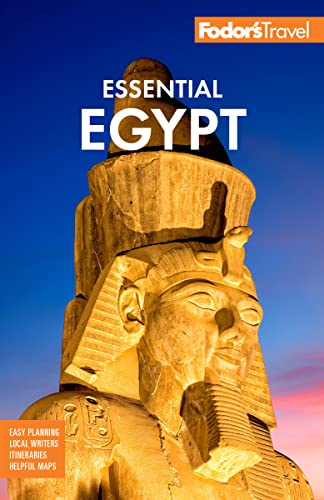St. Catherine
Born in Alexandria to a ruling family in the 4th century, Catherine was a highly educated and erudite woman for her time. She presented herself at the court of Roman Emperor Maximinus to plead for the lives of Christians who were routinely put to death by his regime. Maximinus organized a caucus of learned men to refute and confound Catherine's arguments, but in fact the caucus was won over by her arguments. When they converted to Christianity, Maximinus had them put to death while Catherine was whipped and thrown into a cell. The Emperor's wife paid a visit, chaperoned by the head of the Roman army. They, too, heard Catherine's message and were converted—and were soon added to the list of Christian martyrs. After the conversion and martyrdom of the Emperor's wife, Catherine was put under sentence of death on the breaking (spiked) wheel. However, when she approached it, the apparatus fell to pieces under her touch. Undeterred, the Emperor had Catherine beheaded, but after her death it was said that angels carried her bones to the flanks of Mount Sinai where the monastery now sits.
In the centuries that followed, Catherine became a mainstream female saint, and virtuous maidens where especially devoted to her. She was included on the list of the "Fourteen Holy Helpers"; Joan of Arc said at her trial that she had been visited by the saint and was inspired to take on her crusade.
The spiked wheel that should have been the original means of her martyrdom—a popular form of torture in medieval times—became known as the Catherine wheel, and this name later transferred to the round firework that whirls at celebrations in modern times.
Saint Catherine is still very much revered by Christians in the Orthodox and Catholic communities, but there is very little incontrovertible evidence that she actually existed. Some scholars have pondered whether Catherine had been a fictitious character whose story—the embodiment of maidenly Christian virtue—was meant to inspire medieval worshippers.





